T4K3.news
Russia risks 129 towns vanishing
A Kremlin study warns 129 towns with 3.4 million people may disappear as industries collapse.
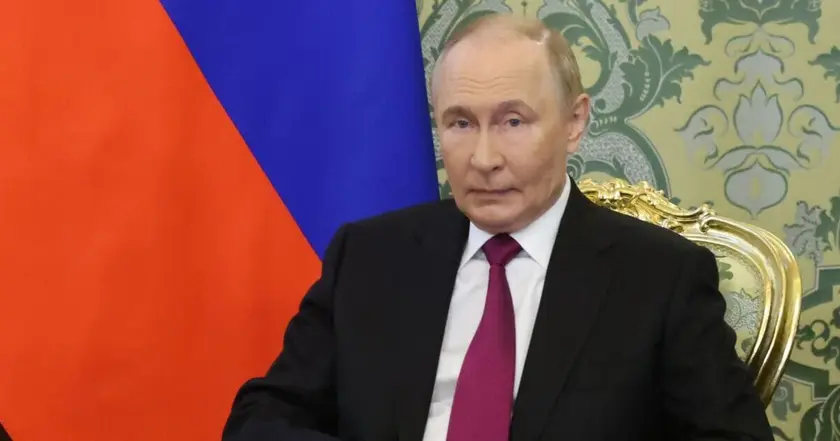
A Kremlin linked study warns 129 small towns with 3.4 million people may disappear as industries collapse and investment dries up.
Russia faces economic hollowing as towns fade and industries collapse
A Kremlin linked study by RANEPA warns 129 small towns with a total population of about 3.4 million people are at risk of disappearing. The report points to job losses and shrinking populations as main drivers, with provincial towns hit by conscription and changes in industry. In a separate push, Ukrainian analyst Kyrylo Shevchenko said 141,000 firms vanished in six months, outpacing new registrations and signaling weakness in the private sector. The study notes debt, weak demand and low investment as repeated problems. Russian authorities outlined a modest response with 50 million pounds and voluntary resettlement schemes.
Separately, the United States has stepped toward penalties on countries that buy Russian oil. Washington set a deadline for progress toward a peace deal with Kyiv or face tariffs on oil buyers. India faced a 25 percent tariff on Russian imports, while China has not faced the same measures. Analysts say the tariffs aim to pressure Moscow, but their effect will depend on how much energy markets shift. The wider economy, which leans heavily on fossil fuels, could feel the squeeze if political pressures persist.
The article notes that the crisis comes as Russia tries to balance external pressure from sanctions with domestic investment needs. Officials have warned of continued stress in the coal sector and other heavy industries, complicating any quick rebound. The coming months will test Moscow's ability to shield the core economy from external shocks while managing regional decline and social strain.
Key Takeaways
"129 small towns with 3.4 million people are at risk of disappearing"
RANEPA study cited in the article
"The heartland is watching its future slip away in slow motion"
Editorial interpretation
"Tariffs could become a blunt tool that hurts buyers more than producers"
Policy critique
The data points to a broader structural risk: rapid rural decline weakens tax bases and talent pools, which in turn slows policy capacity. If large parts of the heartland drain away, regional budgets sag and social services strain, feeding a cycle of decline. The geopolitical dimension cannot be ignored. Sanctions and tariff threats add pressure on a fossil fuels dominated economy, potentially widening Russia's economic divide and complicating life for workers who rely on traditional industries.
Policy choices in the near term will reveal if Moscow can pivot toward balanced regional development or if external pressure pushes the economy toward deeper stagnation. The risk is not only economic but also political, as public confidence depends on visible results in jobs, services and everyday life.
Highlights
- Small towns vanish when investment dries up
- If investment stays away the heartland fades
- Tariffs risk punishing buyers more than producers
- Migration tests the state as it balances risk
economic and geopolitical risk
The piece touches on sensitive political dynamics, sanctions, and potential social disruption. It could provoke political backlash and investor uncertainty across multiple markets.
The next months will reveal how Russia negotiates economic pain with political endurance.
Enjoyed this? Let your friends know!
Related News

Russia Builds a Wartime Edge
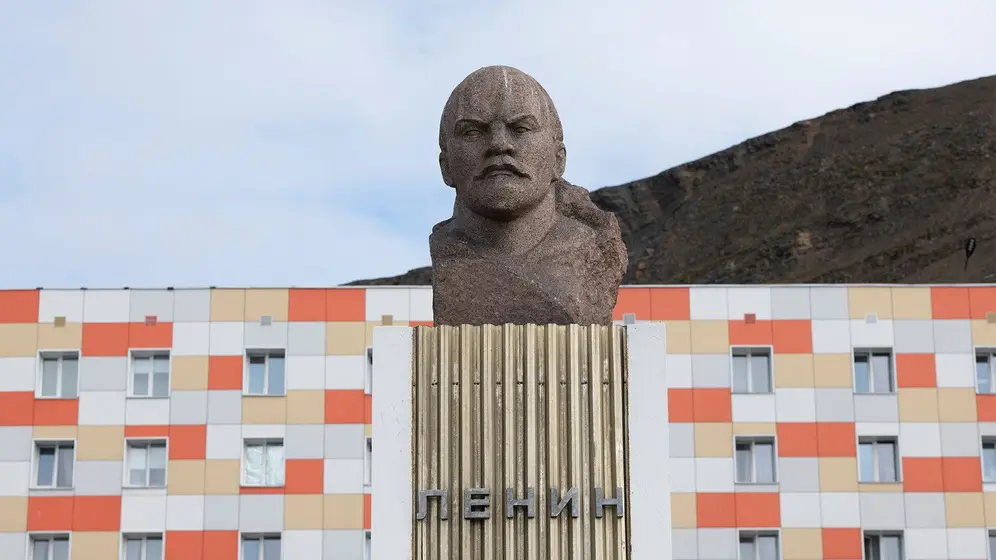
Arctic town Barentsburg sees creeping influence
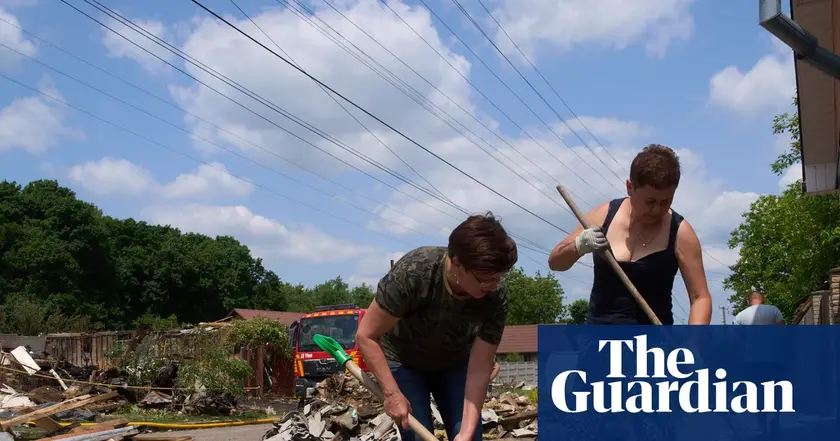
Zaporizhzhia Faces Land Swap Talk
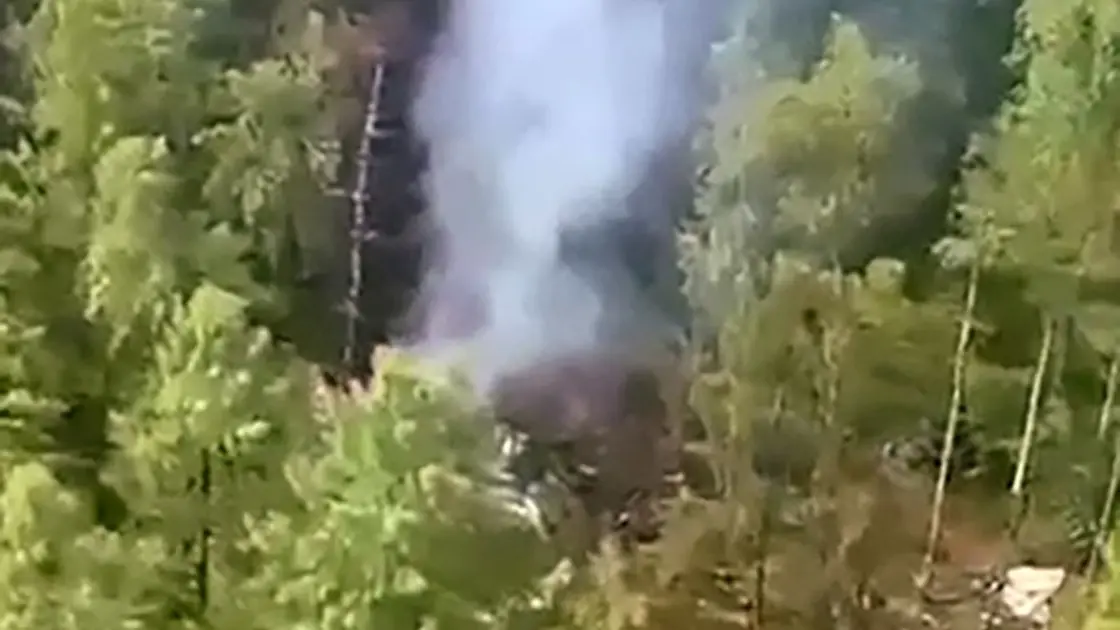
Wreckage of Russian plane found after disappearance
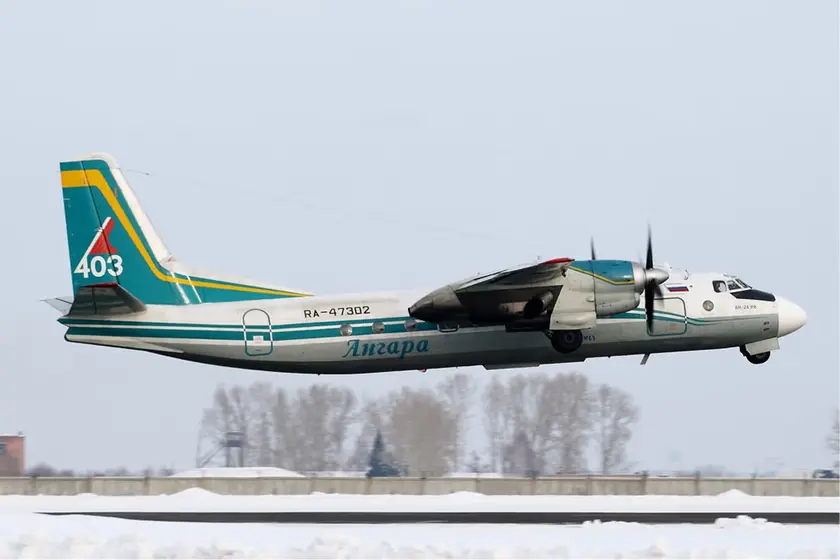
Missing Russian plane found, no survivors
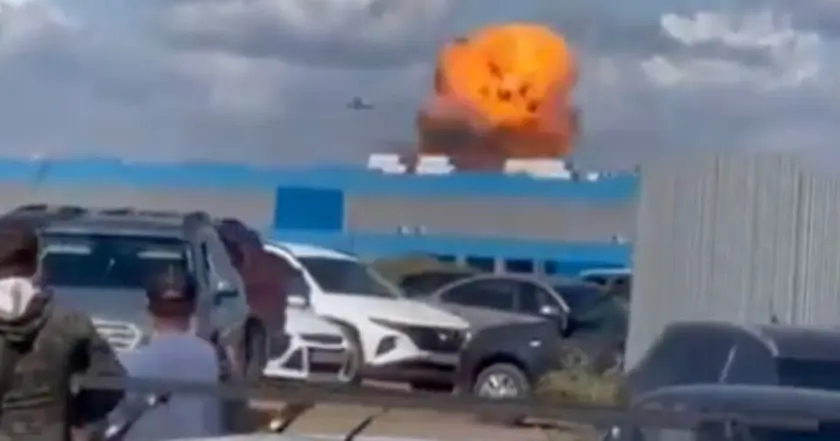
Ukraine hits drone depot in Tatarstan
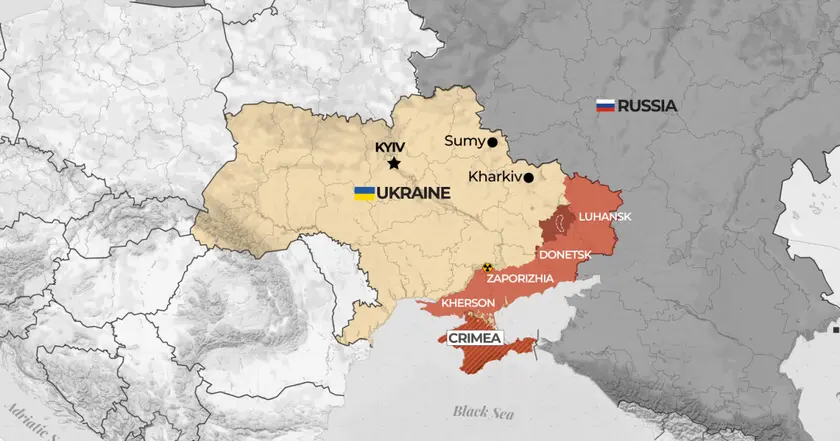
Alaska talks signal high-stakes Ukraine diplomacy
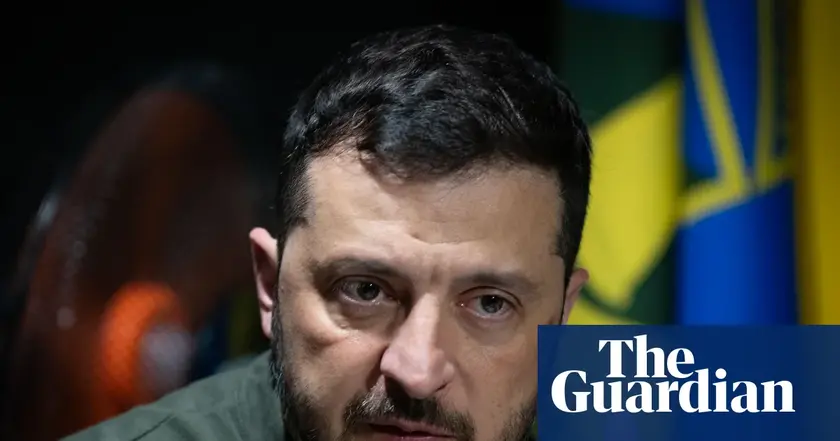
Ukraine rejects Russia demand for Donbas
